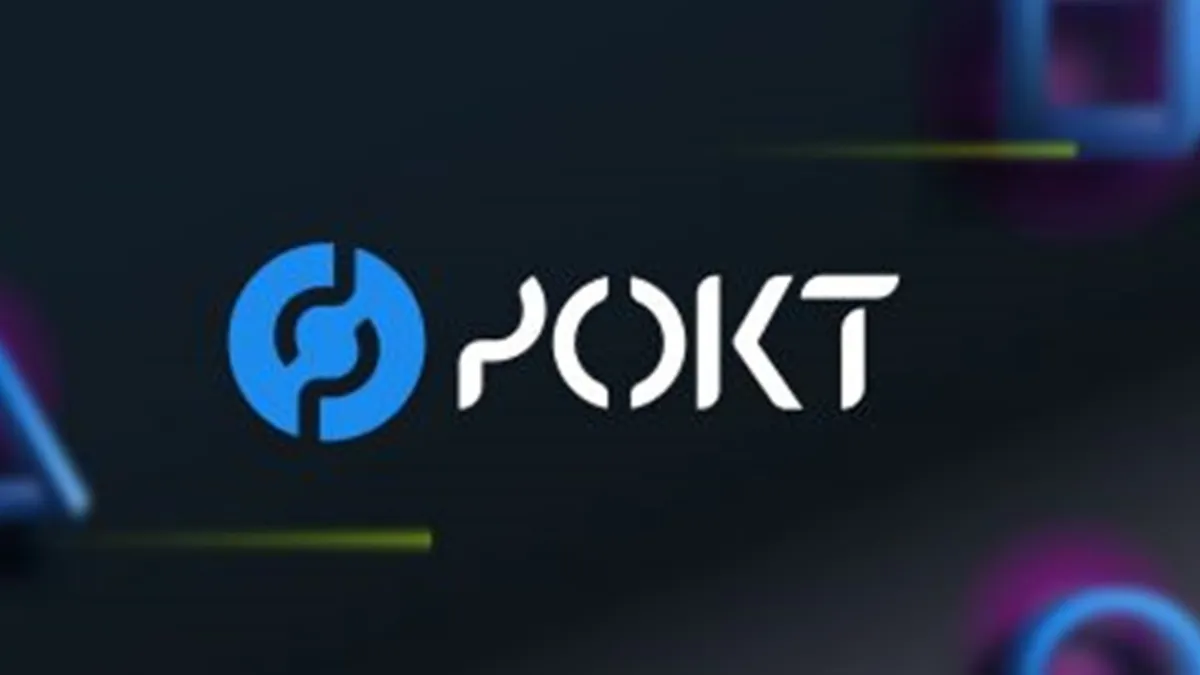Pocket Network Coin POKT Key Player in Decentralized Blockchain

One of the most notable changes in the rapidly evolving field of Blockchain technology has been the development of distributed networks designed to enhance security, scalability, and efficiency. One particularly unusual and creative effort in this field is Pocket Network, a protocol designed to connect distributed applications (dApps) to blockchain systems. The Pocket Network Coin (commonly abbreviated as POKT) will be discussed in this paper, along with its role in the blockchain ecosystem and its potential influence on the direction of distributed services.
Pocket Network Decentralized Blockchain
Designed as a distributed infrastructure tool. Pocket Network provides blockchain developers with a scalable, reasonably priced, and secure method for connecting to blockchain nodes. Pocket Network enables dApps to interface with other blockchain networks through its distributed relay network, thereby freeing them from decentralised centralised third-party services like Infura or Alchemy. By motivating node operators to maintain a robust and accessible network, the protocol aims to create a more decentralised, censorship-resistant online environment.

Pocket Network serves as a “bridge” between dApps and blockchain nodes, enabling seamless and rapid communication. Its distributed character also guarantees that developers do not have centralised entities for access to blockchain data, which is a necessary ability for the ongoing expansion of distributed apps.
POKT Staking and Rewards System in the Pocket Network
The staking and rewards system, driven by POKT, is a significant component of the Pocket Network ecosystem. To engage with the Pocket Network, developers pay for transaction requests using POKT tokens. Node operators who supply the computational capability needed to handle these requests then receive these rewards. To join the network, node operators must stake a specific amount of POKT; their performance and the volume of requests they handle determine their POKT token earnings.
This mechanism motivates developers and node operators to interact with the Pocket Network, ensuring the infrastructure remains distributed, secure, and effective.
Scalability and Decentralization in Pocket Network’s
Pocket Network is distinguished from other decentralised and centralised networks, unlike other blockchains. The centralized infrastructure provider allows anyone with the required tools to run a node and participate in the network. This distributed architectural approach reduces the single point of failure and centralises systems.
The network’s scalability is also really significant. Pocket Network can grow by adding more nodes and validators as demand for distributed services increases. This ensures that the network remains fast and reliable even as traffic increases. Centralised suppliers, challenging to find, are difficult to expand in the same manner owing to infrastructure constraints.
POKT Token: Key Role in Decentralized Finance and Web3 Growth
Within the Pocket Network ecosystem, the POKT token serves multiple purposes, benefiting both developers and node operators. Developers use the currency to pay for data requests. Thereby functioning as a form of payment for gaining access to the blockchain data via network interaction. It’s an invaluable tool for node operators to engage in the network and offer consistent, premium services.
Pocket Network Coin’s ability to enable distributed finance (DeFi) applications, which require constant blockchain data access, is a key use case. DeFi Blockchain can utilize Pocket Network to connect their programs to a decentralized network, reducing their reliance on coins.
As the need for distributed infrastructure continues to rise, Pocket Network Coin appears to have a bright future. Pocket Network presents a compelling solution to many of the centralised, platform-dependent issues.
The POKT coin has great potential, given the Pocket Network’s continuous development and the expansion of the Web3 space. Positioning itself as a major participant in the blockchain ecosystem, the platform continually enhances its technology and expands its network. The demand for POKT tokens is likely to rise as more developers opt for distributed structures, potentially leading to higher token value and increased acceptance of POKT.
Balancing Decentralization and Cost in Blockchain Infrastructure
Pocket Network presents a decentralised, yet centralised, approach tohe blockchain infrastructure that would appeal to developers and distributed application designers.

First, lower associated connected centralizing. Failure to centralize systems, developers run the risk of data loss, downtime, or even censorship. By allowing developers to access a distributed network of nodes. Pocket Network mitigates these risks, ensuring that its applications remain operational under all circumstances.
Another factor influencing developers’ choice between centralised and decentralised providers is their cost-effectiveness.
Final thoughts
Offering a distributed, scalable, and secure infrastructure solution for developers and dApp producers, Pocket Network COKT) marks a major breakthrough in the blockcsignificantlandscape. The pocket blockchain landscape is a significant factor in the development of distributed network security.
Developers and blockchain enthusiasts joining Web3 can utilize Pocket Network’s distributed systems, robust decentralization, and centralized services. POKT’s centralised blockchain service status creates new options for investors and developers.
